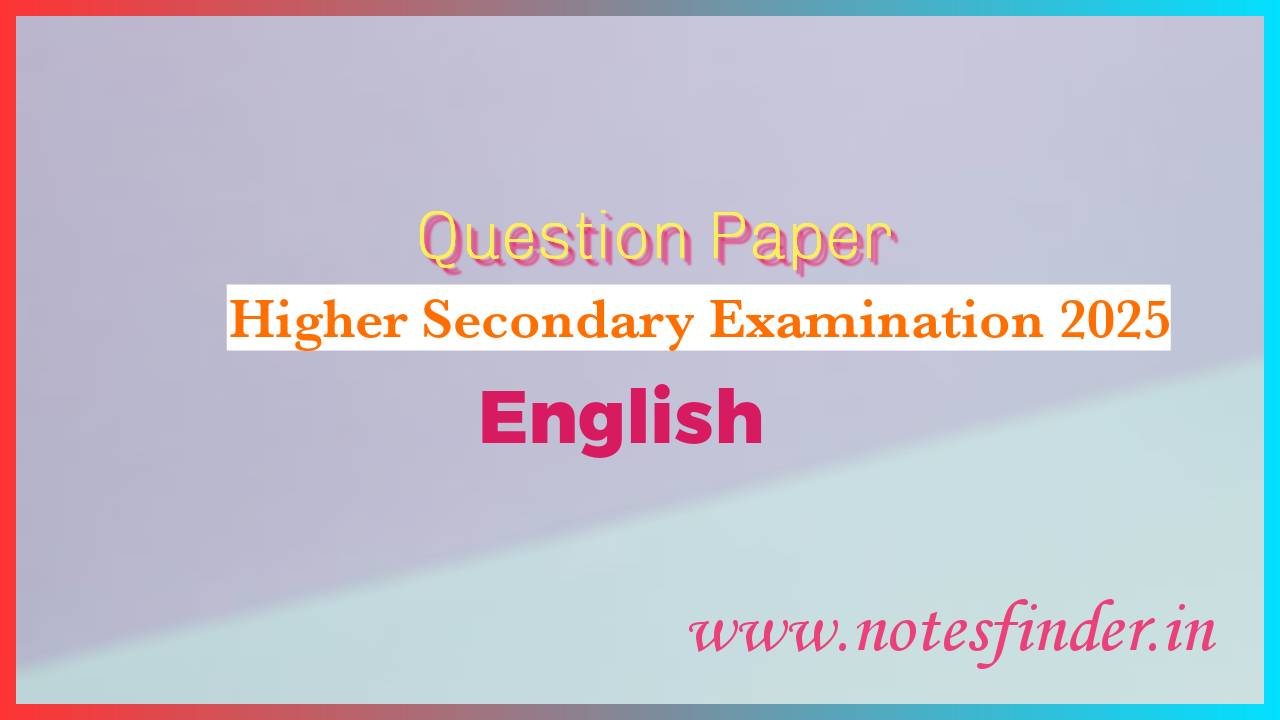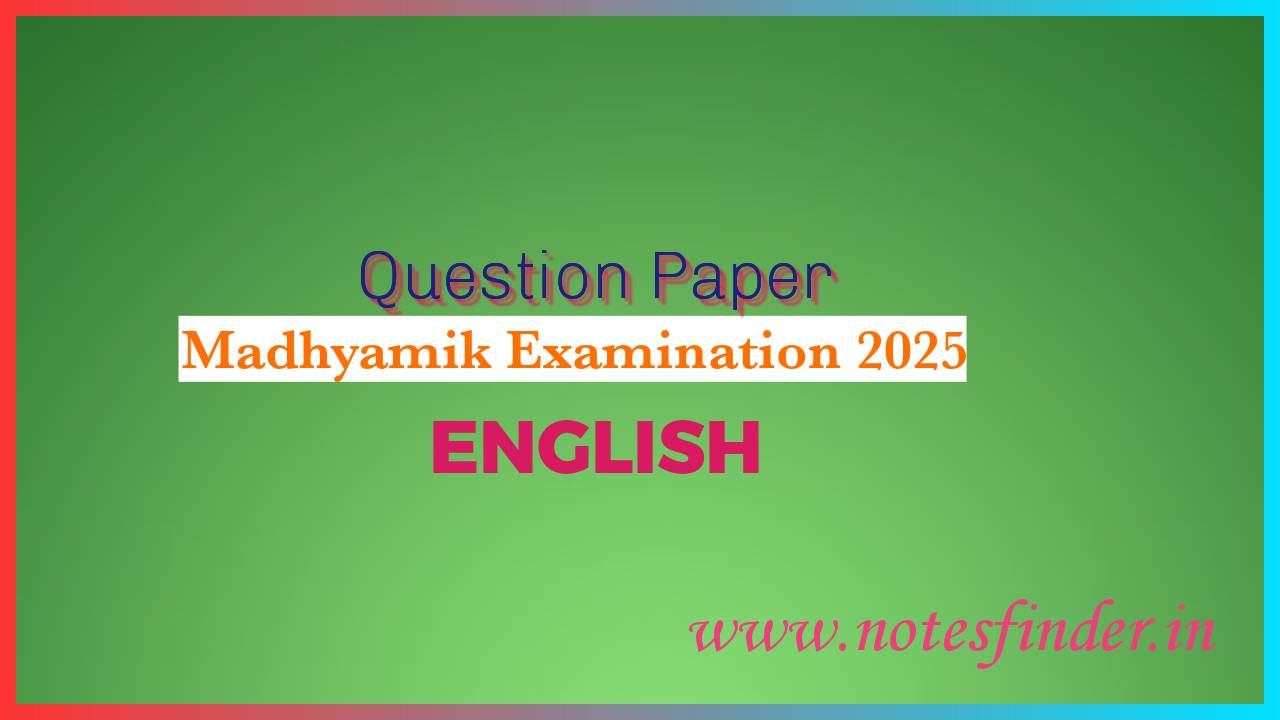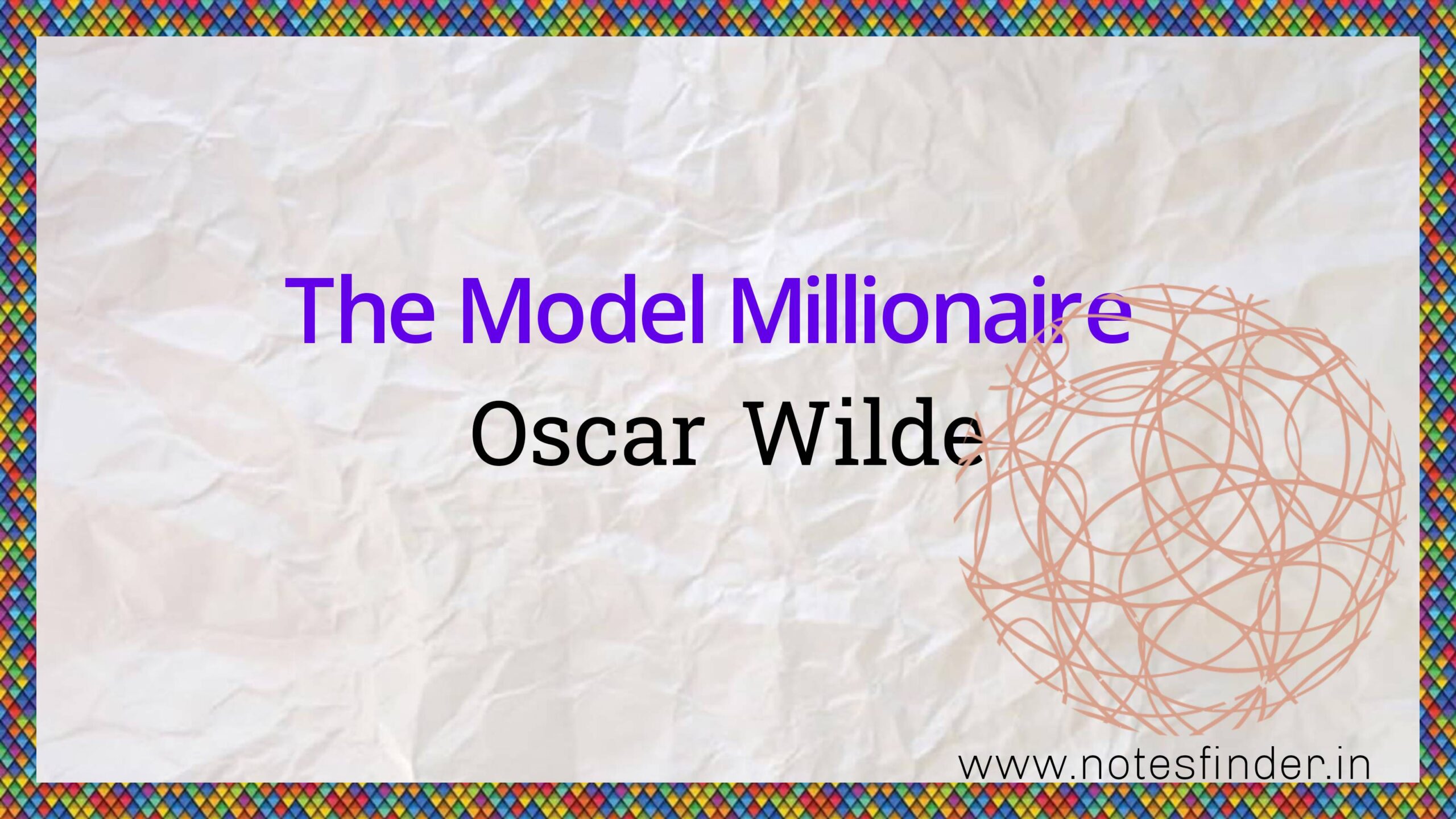The Revolutionary Poet (Part 1) Bengali Meaning | Lesson 7| Class 5 English
[Pritam is a student of class V. He returns home from school, all excited. He finds his father reading a newspaper.]
[প্রীতম পঞ্চম শ্রেণির একজন ছাত্র, সে স্কুল থেকে বাড়ি ফিরে আসে, সকলেই উত্তেজিত। সে তার বাবাকে একটি সংবাদপত্র পড়তে দেখল।]
Pritam : Father, guess what happened today?
প্রীতম : বাবা, আজ কি হয়েছে অনুমান কর তো?
Father : What, dear?
পিতা : কি, বাছা?
Pritam : Our teacher has asked us to sing a patriotic song on the Republic Day.
প্রীতম : আমাদের শিক্ষক প্রজাতন্ত্র দিবসে একটি দেশাত্মবোধক গান গাইতে বলেছেন।
Father : Which song are you going to sing, son?
বাবা : তুমি কোন গানটি গাইতে যাচ্ছ, বেটা ?
Pritam : Ma’am suggested that we should sing ‘Karar oi louha kopoť.
প্রীতম : ম্যাডাম পরামর্শ দিয়েছেন যে আমাদের ‘কারার ওই লৌহ কপাট’ গানটি করা উচিত।
Father : Do you know who has written the song, Pritam ?
পিতা : প্রীতম, তুমি জান কী গানটি কে লিখেছেন?
Pritam : No, father.
প্রীতম : না, বাবা।
Father : He is our great poet, Kazi Nazrul Islam, the author of the famous poem, ‘Bidrohi’.
পিতা : তিনি আমাদের মহান কবি, কাজী নজরুল ইসলাম, বিখ্যাত কবিতা ‘বিদ্রোহী’ এর লেখক।
Pritam : Will you tell me more about him?
প্রীতম : তার সম্পর্কে আমাকে আরও কিছু বলো?
Father : He was born at a time when India was under the British rule. Through his writings, he inspired the Indian youth to boldly fight for freedom.
পিতা : তিনি এমন এক সময়ে জন্মগ্রহণ করেছিলেন যখন ভারত ব্রিটিশ শাসনের অধীনে ছিল। তাঁর লেখার মাধ্যমে তিনি ভারতীয় যুবকদের সাহসের সাথে স্বাধীনতার জন্য লড়াই করতে উদ্বুদ্ধ করেছিলেন।
Pritam : When was he born, father?
প্রীতম : তিনি কবে জন্মগ্রহণ করেছেন, বাবা?
Father : He was born on 24th May, 1899 in the village of Churulia. This was near Asansol in the Burdwan district of undivided Bengal. As a child he was attracted to folk theatre and later wrote many folk plays like ‘Daata Karna’ and ‘Kabi Kalidas’.
পিতা : ১৮৯৯ সালের ২৪ মে চুরুলিয়া গ্রামে তিনি জন্মগ্রহন করেছিলেন। এটি অবিভক্ত বাংলার বর্ধমান জেলার আসানসোলের কাছে অবস্থিত ছিল। বাল্যকালে তিনি লোকনাট্যের প্রতি আকৃষ্ট হন এবং পরবর্তীকালে ‘দাতা কর্ণ’ এবং ‘কবি কালিদাস’ এর মতো অনেকগুলি লোক নাটক রচনা করেছিলেন।
Pritam : That is interesting!
প্রীতম : এটা মজার!
Father : In 1910, Nazrul met the revolutionary Nibaran Chandra Ghatak, who was his teacher. The poet Kumud Ranjan Mullick was the Head Master of the school Nazrul joined next.
পিতা : ১৯১০ সালে নজরুল বিপ্লবী নিবারণ চন্দ্র ঘটকের সাথে দেখা করেছিলেন, যিনি তাঁর শিক্ষক ছিলেন। কবি কুমুদ রঞ্জন মল্লিক স্কুলের প্রধান শিক্ষক ছিলেন, যেখানে নজরুল পরবর্তীতে যোগ দেন।
The Revolutionary Poet (Part 1) Questions Answers | Lesson 7 | Class 5 English
Activity 1
Complete the following sentences:
(a) Pritam was to sing the song ‘Karar Oi Louha Kapat’ on the Republic Day.
(b) Nazrul was born in the village of Churulia on 24th May 1899.
(c) Burdwan district is in West Bengal.
ACTIVITY 2
Answer the following questions:
(a) Was India independent when Nazrul was born?
Ans: No, India was under the British rule when Nazrul was born.
(b) Name some of the folk plays that Nazrul had written?
Ans: ‘Daata Karna’ and ‘Kabi Kalidas’ had been written by Nazrul.
(c) Who was Nazrul’s teacher?
Ans: The revolutionary Nabarun Chandra Ghatak was Nazrul’s teacher.
(d) Who was Kumud Ranjan Mullick?
Ans: Kumud Ranjan Mullick was a poet and also the Headmaster of the school Nazrul joined next.
The Revolutionary Poet(Part 2) Bengali Meaning (বঙ্গানুবাদ) |Class 5 English
Uncle Rahim enters the room. He joins in the conversation.
রহিমকাকা ঘরে ঢুকলেন। তিনি কথোপকথনে যোগ দিলেন।
Pritam : Did Kumud Ranjan inspire him to write poems?
প্রীতম : কুমুদ রঞ্জন কি তাকে কবিতা লেখার জন্য অনুপ্রাণিত করেছিলেন?
Father : Yes. But Nazrul was also influenced by Rabindranath and the Persian poets like Hafez and Khaiyyam.
পিতা : হ্যাঁ। তবে নজরুলও রবীন্দ্রনাথ এবং পার্সিয়ান কবি হাফেজ ও খাইয়ামের দ্বারা প্রভাবিত হয়েছিলেন।
Uncle Rahim : Did you know that Nazrul joined the army under the British?
রহিম কাকা : তুমি কি জানতে যে নজরুল ব্রিটিশদের অধীনে সেনাবাহিনীতে যোগ দিয়েছিলেন?
He was in the 49th Bengal Regiment. After the first World War, the regiment was disbanded in 1920. So he came to Calcutta.
তিনি ৪৯ তম বেঙ্গল রেজিমেন্টে ছিলেন। প্রথম বিশ্বযুদ্ধের পরে, রেজিমেন্টটি ১৯২০ সালে ভেঙে দেওয়া হয়েছিল। তাই তিনি কলকাতায় ফিরে আসেন।
Father : At that time Indians had risen against the British rule. Nazrul protested against the cruelty of the British in his own way. In fact, he also started writing poems, essays and songs to voice his protest. He is the rebel poet of India.
পিতা : সেই সময় ভারতীয়রা ব্রিটিশ শাসনের বিরুদ্ধে জেগে উঠেছিল। নজরুল তাঁর নিজের মতো করে ব্রিটিশদের নিষ্ঠুরতার বিরুদ্ধে প্রতিবাদ করেছিলেন। প্রকৃতপক্ষে, তিনি তাঁর প্রতিবাদ জানাতে কবিতা, প্রবন্ধ এবং গান লিখতে শুরু করেছিলেন। তিনি হলেন ভারতের বিদ্রোহী কবি।
Pritam : I hardly knew as much!
প্রীতম : আমি এত কিছু খুব কমই জানতাম!
Father : You should read his poems like ‘Kandari Hunsiar’,’Kheya Parer Tarani’, and also listen to his songs. The British were afraid that Nazrul’s writings could instigate the Indian freedom fighters.
পিতা : তোমার তাঁর ‘কাণ্ডারি হুঁশিয়ার’, ‘খেয়া পারের তরণী’ এর মতো কবিতা পড়া উচিত, এবং তাঁর গানগুলিও শোনা উচিৎ। ব্রিটিশরা ভয় পেয়েছিল যে নজরুলের লেখা ভারতীয় মুক্তিযোদ্ধাদের প্ররোচিত করতে পারে।
Pritam : What did the British do?
প্রীতম : ব্রিটিশরা কী করেছিল?
Uncle Rahim : The British grew perturbed.
রহিম কাকা : ব্রিটিশরা বিচলিত হয়ে পড়েছিল।
Father : In 1922, Nazrul started a magazine ‘Dhumketu’ where he published ‘Anandamoyeer Agamone’, a poem.
পিতা : ১৯২২ সালে নজরুল ‘ধূমকেতু’ নামে
একটি পত্রিকা শুরু করেছিলেন যেখানে তিনি ‘আনন্দময়ীর আগমনে’ কবিতাটি প্রকাশ করেছিলেন।
Uncle Rahim : The British raided the office of ‘Dhumketu’. The poet was arrested from Kumilla.
রহিম কাকা : ব্রিটিশরা ‘ধূমকেতু’ অফিসে অভিযান চালায়। কুমিল্লা থেকে কবিকে গ্রেপ্তার করা হয়েছিল।
Pritam : What happened then?
প্রীতম : তারপরে কি হল?
Father : He was transferred to the Hooghly Jail and there he began fasting. It was his way of protesting against the torture of the British.
পিতা : তাকে হুগলির কারাগারে স্থানান্তরিত করা হয়েছিল এবং সেখানে তিনি অনশন(অভুক্ত থাকা) শুরু করেছিলেন। এটাই ছিল ব্রিটিশদের অত্যাচারের বিরুদ্ধে তাঁর প্রতিবাদ করার পদ্ধতি।
Pritam : For how many days did he fast, father?
প্রীতম : বাবা, তিনি কত দিন অনশন(অভুক্ত থাকা) করেছেন?
Father : He fasted for more than a month. In December 1923, he was released from jail.
পিতা : তিনি এক মাসেরও বেশি সময় অনশন(অভুক্ত থাকা) রেখেছিলেন। ১৯২৩ সালের ডিসেম্বর মাসে তিনি জেল থেকে মুক্তি পান।
Pritam : Thank you so much, father! Now i’ll be able to sing ‘Karar oi louha kapat’ with zeal and passion. I’m so proud that the teacher has selected me for singing.
প্রীতম : তোমাকে অনেক ধন্যবাদ বাবা! এখন আমি উত্সাহ এবং আবেগের সাথে ‘কারার ওই লৌহ কপাট’ গাইতে পারব। আমি খুবই গর্বিত যে শিক্ষক মহাশয় আমাকে গানের জন্য বেছে নিয়েছেন।
Uncle Rahim : Then let’s hear you sing. We’ll sing along with you as well.
রহিম কাকা : তাহলে আমরা তোমার গান শুনি। আমরাও তোমার সাথে গান গাইব।
The Revolutionary Poet(Part 2) Questions Answers | Class V English
Activity 3
Tick (√) the right answer:
(i) His poems inspired the youth
(a) to fight the British √
(b) to help the British
(c) to talk to the British
(ii) A poem that he wrote was
(a) Kheya Parer Tarani √
(b) Prashna
(c) Badh
(iii) Nazrul was called
(a) the fiery poet
(b) the rebel poet √
(c) the inspired poet
Activity 4
Write T for true and F for false statements in the given boxes:
(a) Nazrul was born when India was still under the British rule. [ T ]
(b) Nazrul was not attracted to folk theatre. [ F ]
(c) In school, Nazrul met the great poet Kumud Ranjan Mullick. [ T ]
(d) Nazrul served the Indian army under the British rule. [ T ]
(e) Nazrul fasted for thirty days. [ T ]
Activity 5
Fill in the chart with information from the text:
| Year | Event |
| 1910 | Nazrul met the revolutionary Nabarun Chandra Ghatak. |
| 1920 | The regiment was disbanded. |
| 1922 | Nazrul started a magazine called ‘Dhumketu’. |
| 1923 | Nazrul was released from jail. |
Activity 6
Answer the following questions :
1. Who inspired Nazrul to write poems?
Ans = Kumud Ranjan inspired Nazrul to write poems.
2. Why did Nazrul have to leave the army?
Ans = Nazrul had to leave the army because after the 1st World War, the regiment was disbanded in 1920.
3. In which magazine was the poem Anandamoyeer Agamone published?
Ans = The poem Anandamoyeer Agamone was published in ‘Dhumketu’.
4. Why did Nazrul start fasting?
Ans = Nazrul started fasting because it was his way of protesting against the forture of the British.
ACTIVITY 7 (a)
Underline the adverbs in the following sentences. Group them under ‘Adverb of manner’; Adverb of time’ and ‘Adverb of place’ :
(1) Now I will go to school.
(2) He sat beside me.
(3) He will match a play tomorrow.
(4) She eagerly waited for the result.
(5) The train moved slowly out of the station.
(6) We won the match yesterday.
(7) Come here.
(8) I shall gladly do it.
ACTIVITY – 7(b)
Let’s classify the adverbs in the following chart:
| Adverb of Time | Adverb of Manner | Adverb of Place |
| Now | Eagerly | Beside |
| Tomorrow | Slowly | Here |
| Yesterday | Gladly |
ACTIVITY – 8
Let’s learn how to paint pots.
(i)A pot is bought.
(ii) It is washed with water.
(iii) It is washed with water.
(iv) It is painted.
(v) Polish is applied to make the surface shiny.
At first, then, at last, next, thereafter
Answer:
At first, a pot is bought from market.. Then, it is washed with clean water. Next, it is dried in the sun. Thereafter, it is painted with colours. At last, polish is applied to make the surface shiny.
ACTIVITY 9
Write eight sentences about the childhood of Rabindranath Tagore. Here are some points:
Born on 8th May 1861- did not enjoy formal schooling – was taught at home- mathematics teacher was Aghore Babu- used to play in the verandah – role-playing as a teacher- taught the railing bars as they werw students- conclusion.
The Childhood of Rabindranath Tagore
Rabindranath Tagore was born on 8 May in 1986. He did not enjoy formal schooling. He was taught at home by private tutors. Aghore Babu was his mathematics teacher. He used to play in the verandah with sticks. He used to play the role of a teacher and treated the railing bars like his students. Later, he became one of the greatest poets of the world.
Read More ⬇️
- Lesson 1 India: Superpower in Cricket
- Lesson 2 A Feat on Feet
- Lesson 3 Phulmani’s India
- Lesson 4 Memory in Marble
- Lesson 5 My School Days
- Lesson 6 The Clever Monkey
- Lesson 7 The Rebel Poet
- Lesson 8 Buildings to Remember
- Lesson 9 The Bird’s Eye
- Lesson 10 A Great Social Reformer
- Lesson 11 The Finishing Point
- Lesson 12 Beyond Barriers



